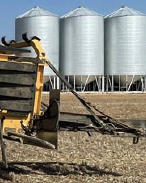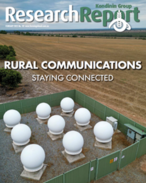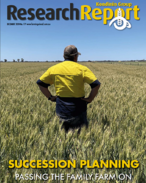This article is 7 years old. Images might not display.
The current 2016/17 figures show world stocks increasing by around 13 million tonnes after increasing by around 25 million tonnes during the previous year. Looking ahead, the current estimate of 2017/18 balance sheets show world stocks increasing by almost three million tonnes.
This figure, albeit the first in a season that will be just as long as the last, does show that compared to previous years, less of a supply side shock will be needed before the demand side is able to make some real noise in global wheat markets.
For example, Chinese wheat consumption was pegged back 2.5 million tonnes at a time when the Chinese government continues to draw down on their significant domestic inventories of corn. Due to corn’s favourable price relativities it is envisaged that a number of end users will replace corn with wheat as this drawdown process continues. However, should some of these corn inventories not meet the requirements of some end users then some shift back to wheat seems likely.
While this is not suggesting that this will be the “golden goose” that pushes world wheat markets higher, this does show how the global wheat markets appear to be closer to a tipping point compared to recent history.
Looking at the chart of end stocks and stocks to use of major exporters below more of a tightening of the end stocks, in the places where a lot of the world it getting some at least some of their wheat from, becomes evident. Although a 13 million tonne decrease in end stocks is predicted here, the 2017 end stocks figure remains currently higher than it was in 2012, where the recent growth in global stocks began.
In addition, this decrease is more of a supply side story than a demand side one. Production decreases in Australia, Russia and the US all put the brakes on the growth in the supply side and more than outweighed the estimated five million tonne reduction in global consumption.
Once again, this does show that we could be closer to a situation where volatility and ongoing price support could find their way into global wheat markets. In the coming months local and offshore markets will keep an eye firmly on the development of Northern Hemisphere crops; given where Northern Hemisphere crops are at in their development often provide an opportunity for some volatility to enter the market.
However, given we have just been through a number of years of growth in global supplies, more than one trigger point may be required before we see something meaningful at the farm gate here in Australia.
For more information click HERE.






















